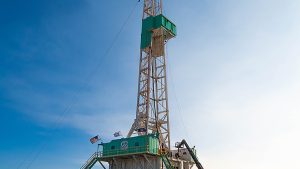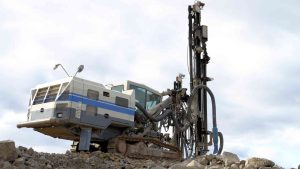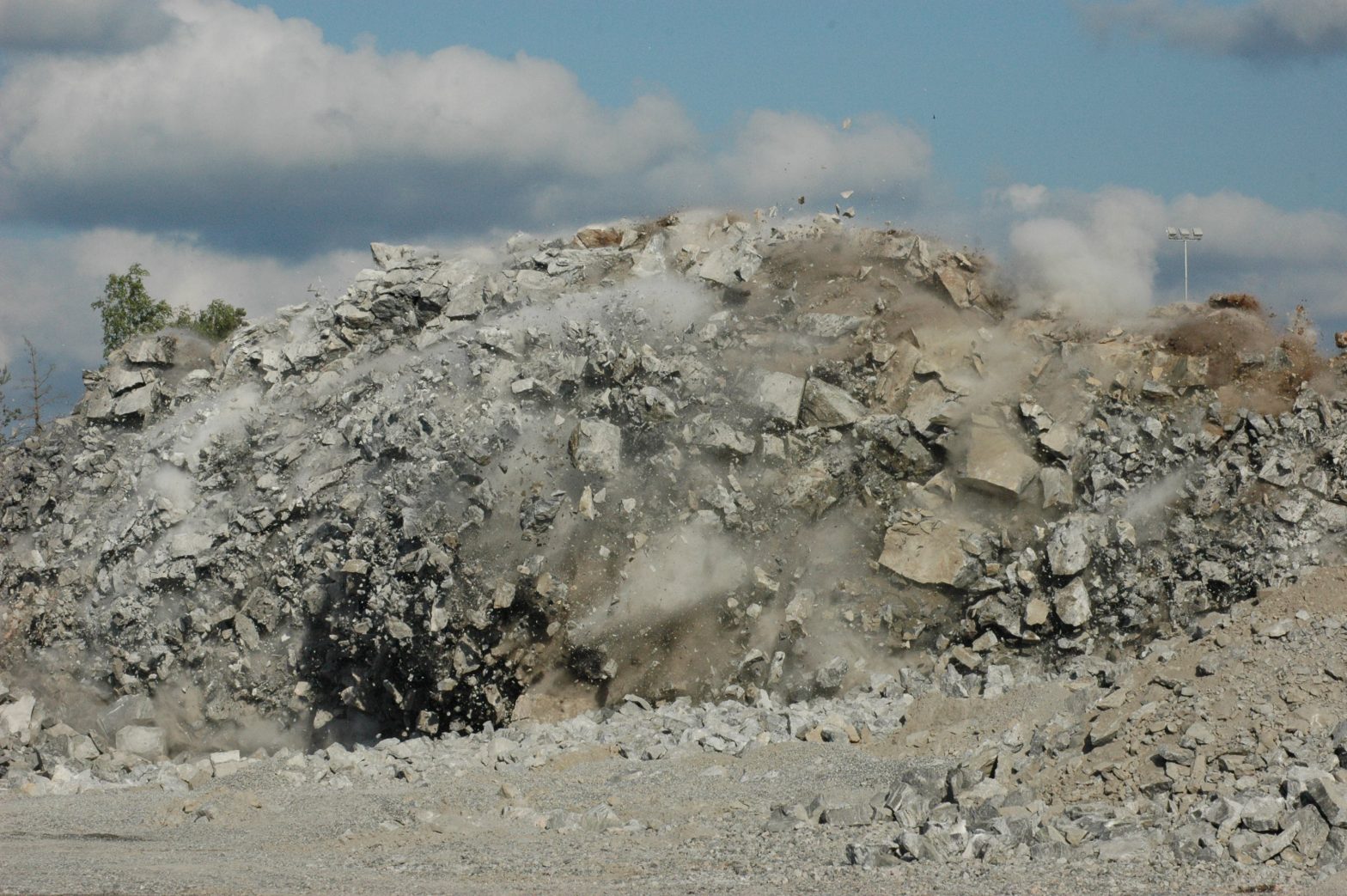How Much Does it Cost to Drill Through Rock? A Comprehensive Guide
Understanding the Factors That Impact Rock Drilling Costs
Rock drilling is a critical process in various industries, from construction to mining, and even in environmental remediation projects. However, drilling through rock is not a one-size-fits-all task, and the cost can vary significantly based on several factors. In this guide, we will delve into the intricacies of rock drilling costs, helping you gain a better understanding of what to expect and how to budget for such projects.
Factors Affecting Rock Drilling Costs
Before diving into the specific costs, let’s explore the key factors that influence how much it costs to drill through rock:

Geology of the Site
The geological characteristics of the site play a significant role in determining drilling costs. Different types of rock, such as sedimentary, igneous, or metamorphic, have varying degrees of hardness and abrasiveness. Harder rock requires specialized equipment and more time, leading to higher costs.
Depth of Drilling
The depth to which you need to drill is a crucial factor. Deeper drilling requires more time, labor, and equipment. Consequently, costs increase as you go deeper into the Earth’s crust.
Equipment and Technology
The choice of drilling equipment and technology can greatly affect costs. Modern, high-tech drilling rigs equipped with advanced features can be more efficient, potentially reducing drilling time and costs compared to older or less sophisticated machinery.
Labor Costs
Skilled labor is essential for safe and efficient rock drilling. Labor costs can vary based on location, experience, and the complexity of the project. Highly skilled drillers may command higher wages, but their expertise can save you money in the long run by minimizing errors and downtime.
Site Accessibility
The accessibility of the drilling site also impacts costs. Remote or difficult-to-reach locations may require additional transportation and logistical expenses. Ensuring that the site is easily accessible can help keep costs in check.
Typical Cost Breakdown for Rock Drilling
Now that we’ve covered the main factors influencing rock drilling costs, let’s break down the typical expenses associated with this process:
Equipment Costs
The cost of renting or purchasing drilling equipment is a substantial portion of the budget. It can range from several thousand dollars to millions, depending on the type and size of equipment needed. High-quality equipment can be more expensive upfront but often pays off in terms of efficiency and reduced downtime.
Labor Costs
Labor costs include wages for drillers, assistants, and support personnel. Experienced drillers often command higher salaries, but their expertise can lead to faster drilling, potentially offsetting the increased labor expenses. For drilling company australia click this.
Consumables and Maintenance

Drilling consumables, such as drill bits and lubricants, are ongoing expenses. Regular maintenance and replacement of worn-out parts are essential to keep the equipment running smoothly and minimize downtime.
Fuel and Energy Costs
Drilling equipment requires fuel or energy to operate. The type of energy source used, such as diesel, electricity, or hydraulics, can affect costs. Additionally, the distance to the nearest energy source can impact transportation expenses.
Transportation and Logistics
Getting the equipment to the drilling site and ensuring a steady supply of consumables and fuel can involve significant transportation and logistical costs. These costs can vary depending on the location and terrain.
Additional Considerations for Rock Drilling Projects
In addition to the core costs mentioned above, several other considerations can affect the overall cost of a rock drilling project:
Environmental Regulations
Compliance with environmental regulations is crucial. Depending on your location and the nature of the project, you may need to invest in environmental safeguards and monitoring, which can add to the overall cost.
Safety Measures
Ensuring the safety of personnel and equipment is paramount in rock drilling. Investing in safety measures, training, and protective gear is essential but adds to the project’s expenses.
Contingency Budget
Unforeseen challenges can arise during a rock drilling project, such as encountering unexpected rock formations or geological anomalies. It’s wise to have a contingency budget in place to address these surprises without derailing the project.
Conclusion
In conclusion, the cost of drilling through rock can vary widely based on geological factors, depth, equipment, labor, and various other considerations. To get an accurate estimate for your specific project, it’s essential to consult with experienced professionals in the field who can assess the unique challenges and requirements of your site.
Remember that while cutting costs is important, compromising on quality or safety in rock drilling can lead to more significant expenses in the long run. By carefully considering all the factors and budgeting accordingly, you can ensure a successful rock drilling project that meets your objectives while managing costs effectively.

